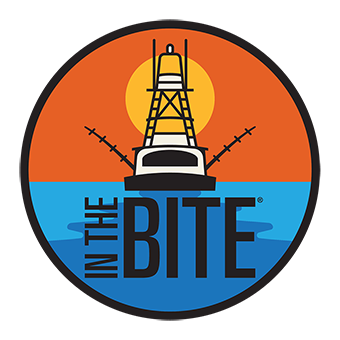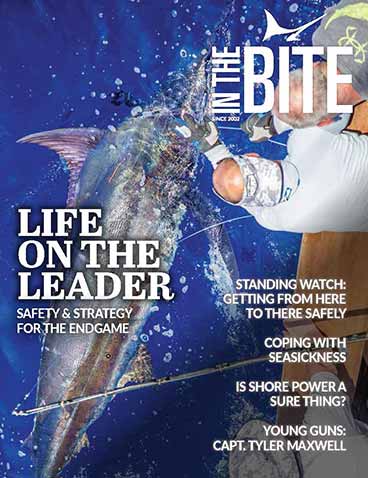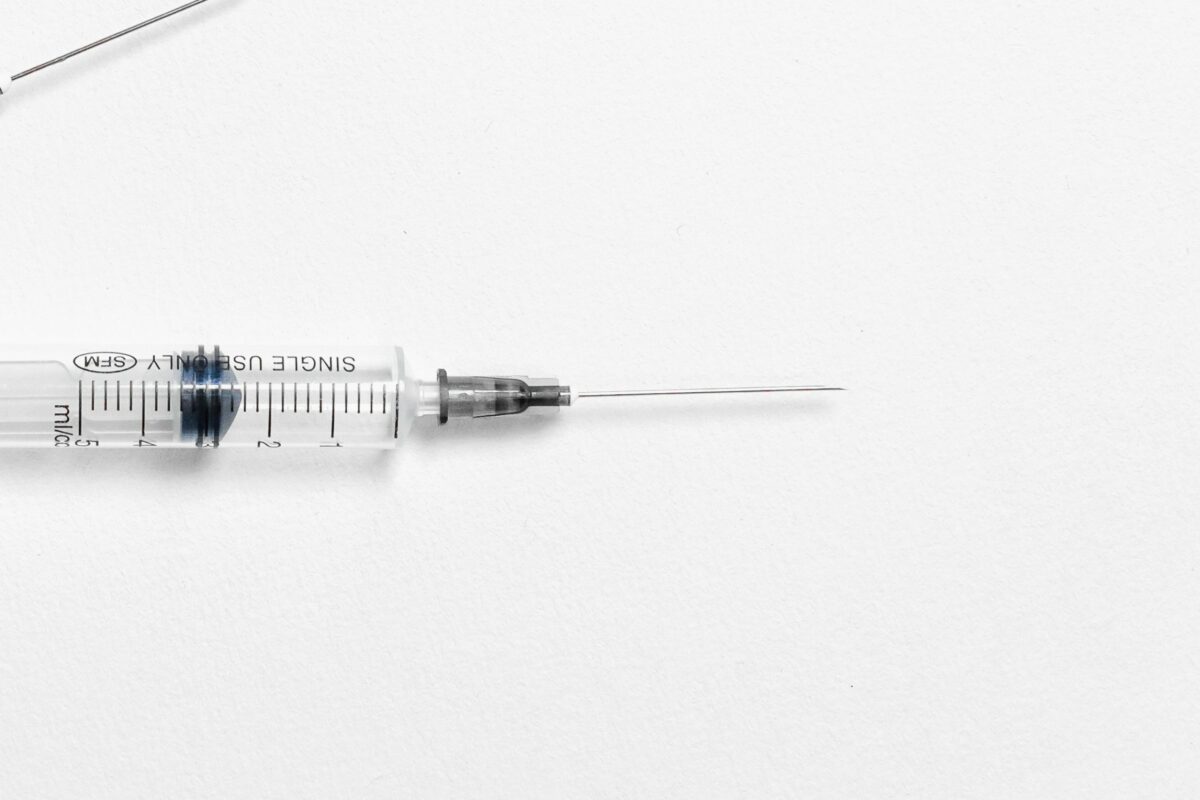Sea Genie II Boats 942.5-pound Blue at 2022 Lazy Marlin Hunt
Capt. Keith Robinson and the Sea Genie II team won largest marlin at the 2022 Lazy Marlin Hunt with their blue weighing in at 942.5 pounds. Most releases in order from first to third:2 tags - Capt. Tracy Epstien Last Chance1 tag Capt. Tony Clark Mauna Kea1 tag Capt. Mat Bowman










